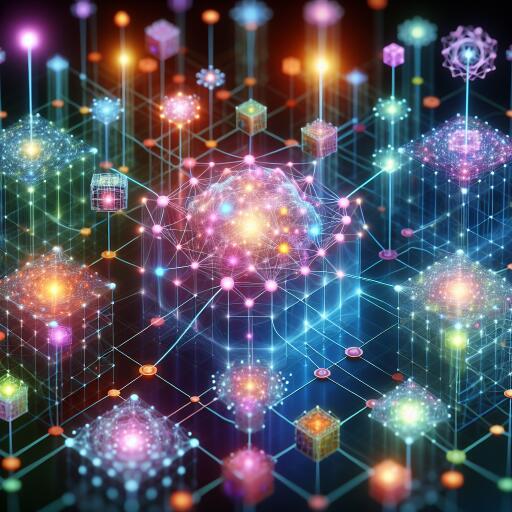Understanding AI Neural Networks: The Brain Behind Modern Technology
In the rapidly advancing world of technology, Artificial Intelligence (AI) stands at the forefront of innovation, with AI neural networks serving as its backbone. These sophisticated systems, inspired by the intricate workings of the human brain, have revolutionized our approach to problem-solving and data analysis. In this article, we will delve into the essence of AI neural networks, exploring their mechanisms, applications, and the transformative potential they hold for the future.
What Are AI Neural Networks?
At their core, AI neural networks are computational models designed to simulate the way biological neural networks in the human brain operate. Comprising units or nodes called neurons, these networks mimic the neurons in our brain, processing information through interconnected nodes. These connections, akin to synapses in the human brain, are pivotal in signal transmission and learning processes, enabling the networks to recognize patterns and make decisions.
Key Features and Capabilities
The essence of AI neural networks lies in their remarkable ability to learn from data. Unlike traditional computer programs that follow strict instructions, neural networks adapt their structure based on input, continuously learning and evolving. This capability allows them to tackle tasks of varying complexity, from simple pattern recognition to intricate problem-solving across numerous domains such as healthcare, finance, and autonomous vehicles.
Another distinguishing feature is their flexibility and scalability. Neural networks can be tailored to vast applications, continually improving in accuracy and efficiency as they process more data. This adaptability makes them invaluable across multiple sectors, driving innovation and efficiency.
Impacts and Benefits
The deployment of AI neural networks brings forth a myriad of benefits. They dramatically enhance efficiency by automating tasks, analyzing immense data sets with unparalleled speed, and reducing human error. Their predictive capabilities are especially transformative in fields requiring precision, such as medical diagnostics, where they can save lives through early detection and personalized treatment plans.
Furthermore, neural networks are at the helm of innovation, enabling the development of new technologies and approaches to longstanding problems. Their role in advancing research and generating novel solutions contributes significantly to progress in various fields, promising to usher in a new era of breakthroughs and technological excellence.
Applications in Today’s World
AI neural networks have broad applications that touch nearly every aspect of modern life. In healthcare, they’re used for predictive diagnostics and personalized medicine. In finance, they analyze market trends to inform investment strategies, whereas in the realm of autonomous vehicles, they enable cars to make split-second decisions.
The versatility of neural networks also extends to everyday conveniences, such as voice and image recognition technologies, enhancing user experience and accessibility in digital products and services.
The Future of AI Neural Networks
As we look towards the future, the potential of AI neural networks continues to expand. Innovations in learning algorithms, processing power, and data availability are likely to make neural networks even more powerful and pervasive. Their evolution will bring about more sophisticated applications, from revolutionizing medical research to enabling more efficient and sustainable urban planning.
However, with great power comes great responsibility. The rise of AI neural networks brings forth ethical considerations, including privacy concerns and the need for transparency in AI decision-making processes. It is imperative for developers, policymakers, and the broader community to engage in dialogues around the responsible use of AI, ensuring that neural networks contribute to the greater good while minimizing potential risks.
Conclusion
AI neural networks represent a cornerstone of modern technology, driving advancements that were once unthinkable. By mimicking the complexity of human thought processes, they offer a promising avenue for solving some of the most pressing challenges facing humanity today. As we continue to unlock the potential of AI neural networks, we stand on the cusp of a new era of innovation and discovery that will redefine the boundaries of what is possible.
As technology continues to evolve, staying informed and engaged with developments in AI and neural networks is crucial. Their journey is one of endless possibilities, setting the stage for a future where technology and human expertise converge to achieve unprecedented outcomes.









